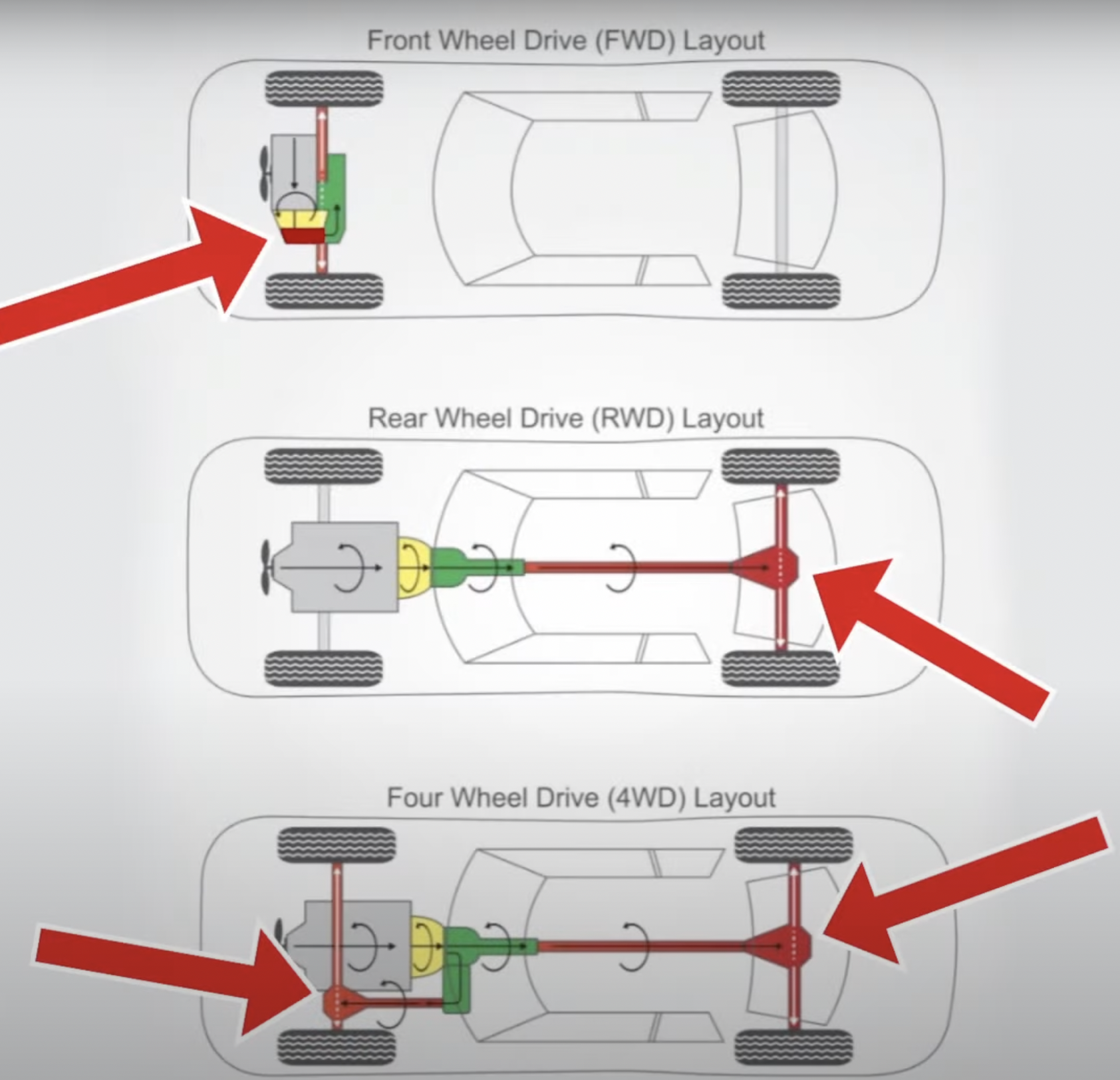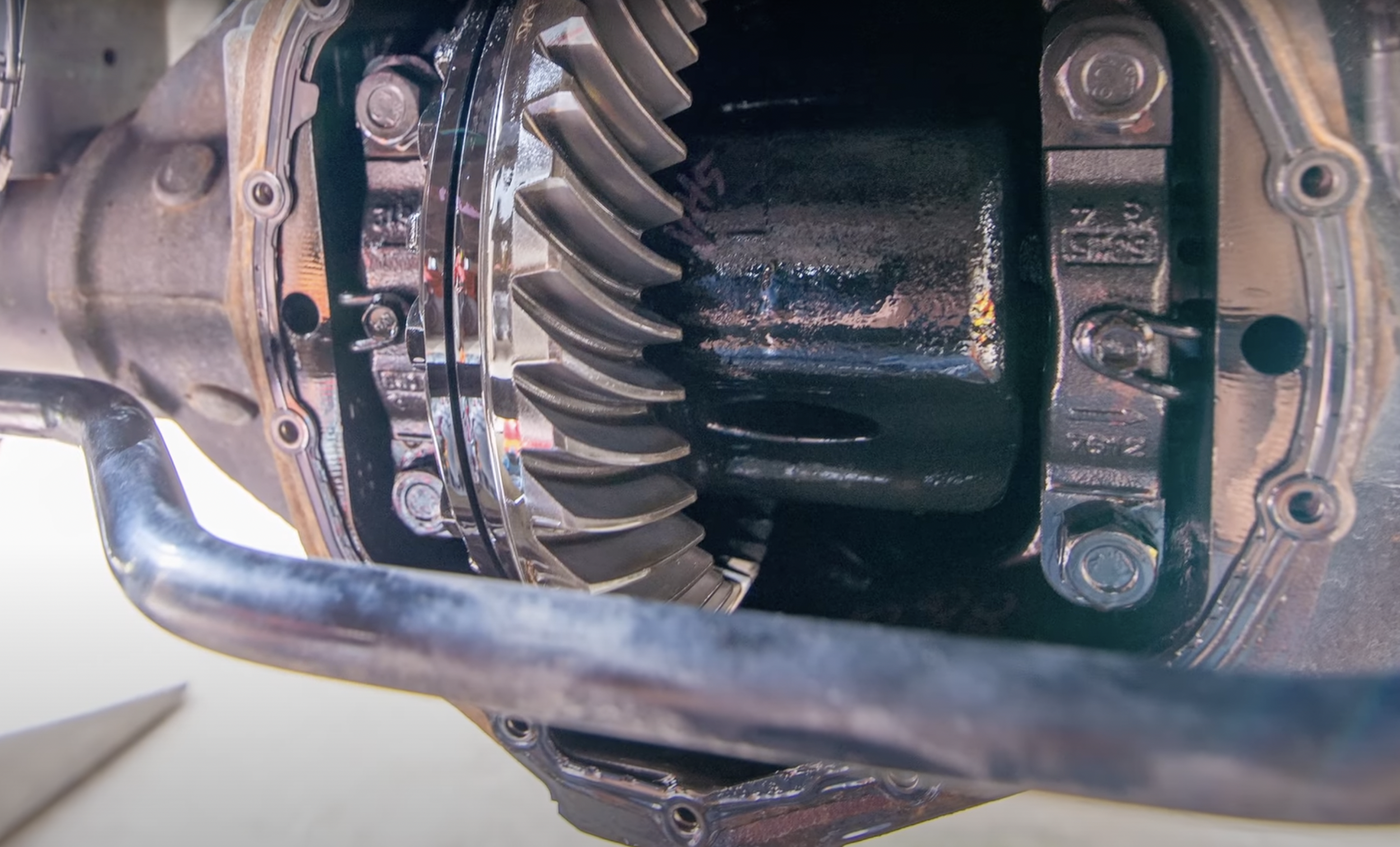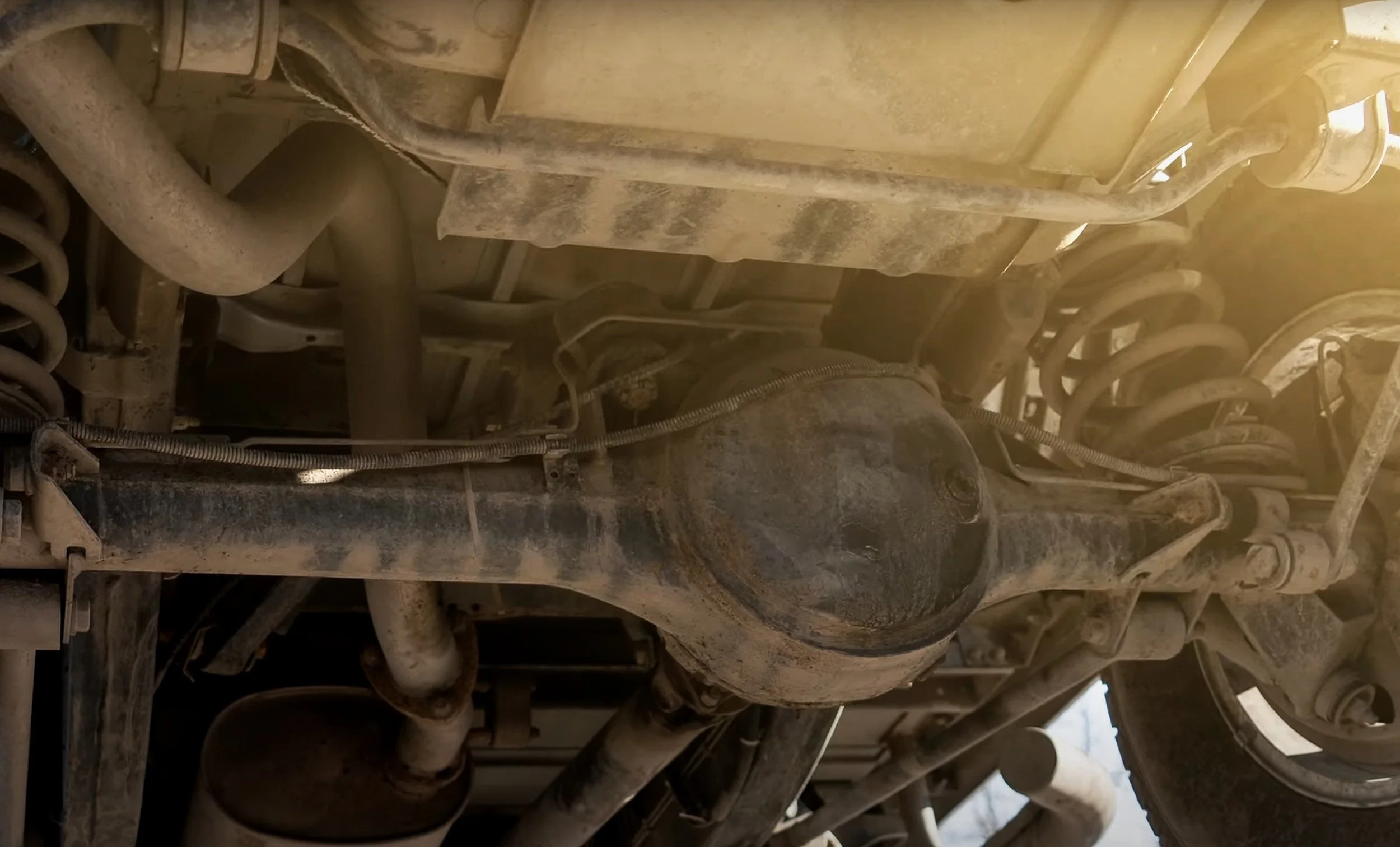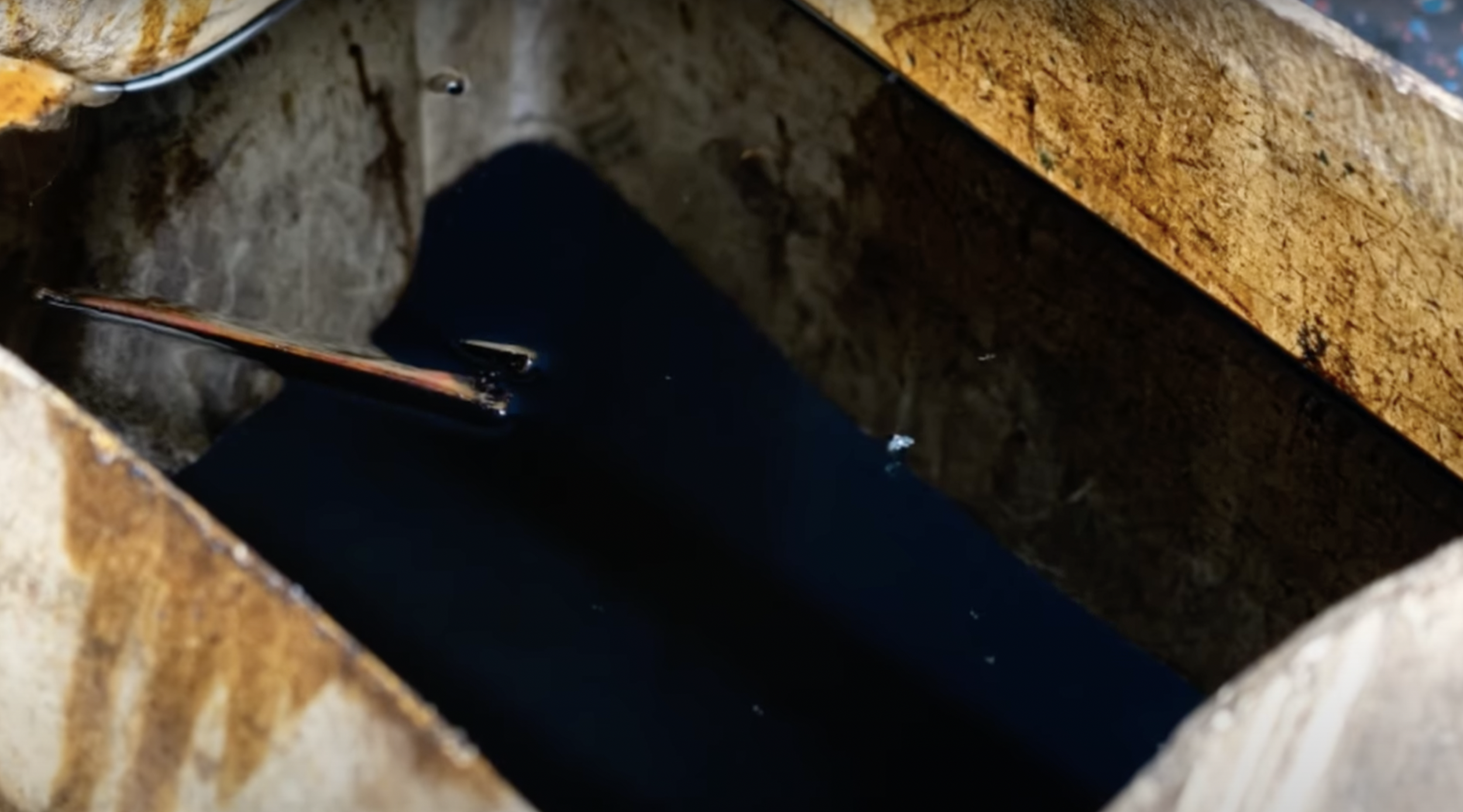4 SYMPTOMS OF A BAD DIFFERENTIAL
purpose
The purpose of the differential is to distribute torque from the engine to the drive wheels. It also allows the wheels to rotate at different speeds when turning corners. On average, it’s best to replace your differential fluid every 30,000 to 60,000 miles, however, it can vary from car to car.
Location
The location of the differential will depend on the type of vehicle you have.
To show you a real-life example, here is the location of a differential on a Ford F150.
symptoms
unusual sounds
The first symptom of a bad differential is hearing unusual sounds. If you hear grinding, rattling, or in some situations howling noises coming from underneath your car while driving, it could be due to a bad differential. The noise will typically get worse as you increase speed. These sounds could be caused by worn bearings or a damaged ring and pinion gear.
fluid leaks
The second symptom of a faulty differential is fluid leaks. Fluid may be leaking from a worn-out gasket, a pinion seal, or axle seals. If you notice your car has any of these leaks, it’s important to fix them as soon as possible. If you ignore the leaks, it will lead to more serious issues that we’ll cover in the next symptom.
overheating
The third symptom is overheating. If the differential loses too much fluid, it can overheat and lead to internal damage. In the worst-case scenario, the differential can lock up while driving, which can leave you stranded on a highway.
fluid contamination
The last symptom of a bad differential is fluid contamination. If you notice hard metal shavings when replacing the old differential fluid, it could be caused by bad bearings or damaged ring and pinion gears.
If you concluded that your differential needs to be replaced and you want to do it yourself, I would recommend getting a repair manual here. You can use code “AD10VA” for 15% off one-year subscriptions for any US Order.
Check out my YouTube video!
Disclaimer: Some links in this article may be affiliate links.






